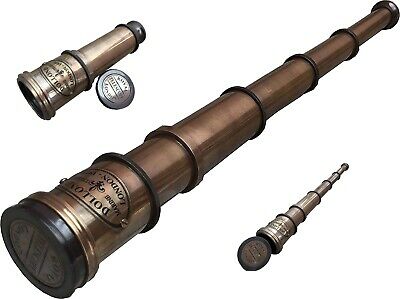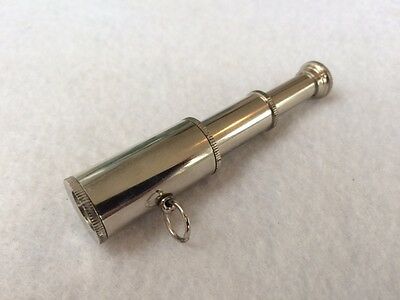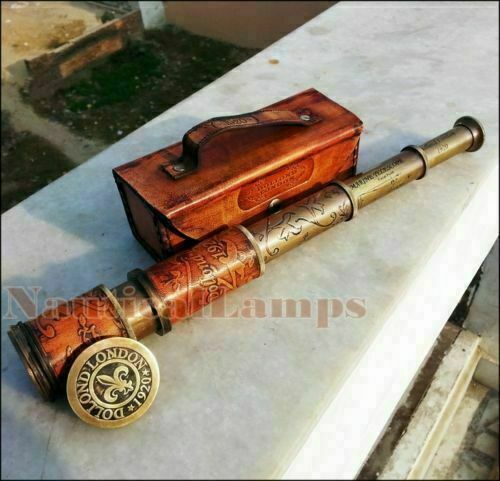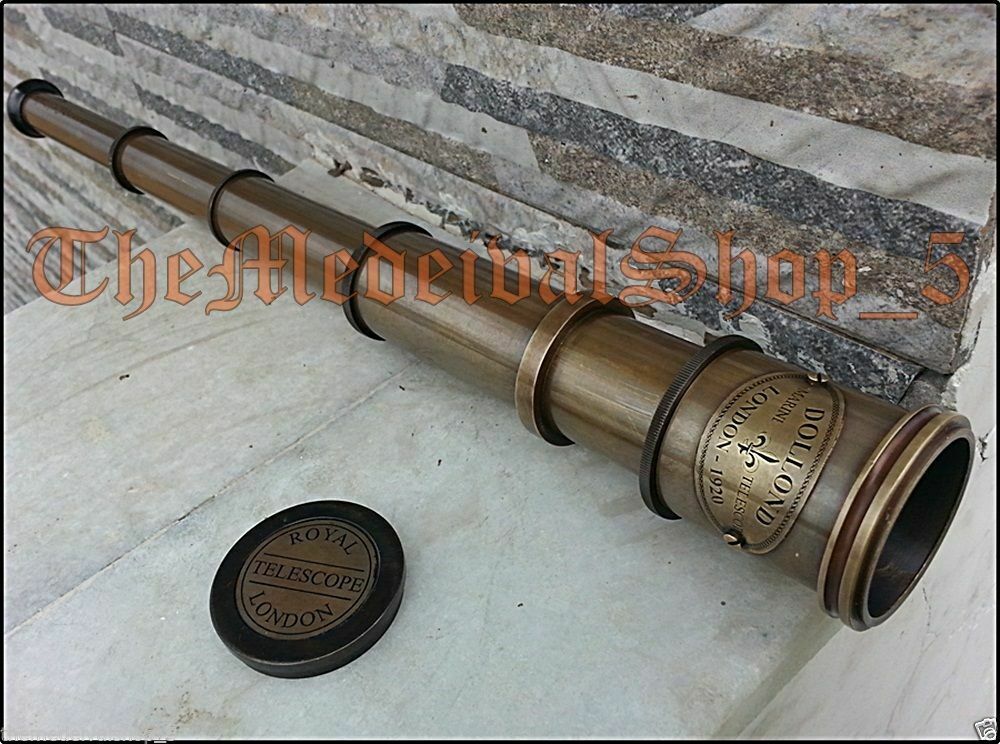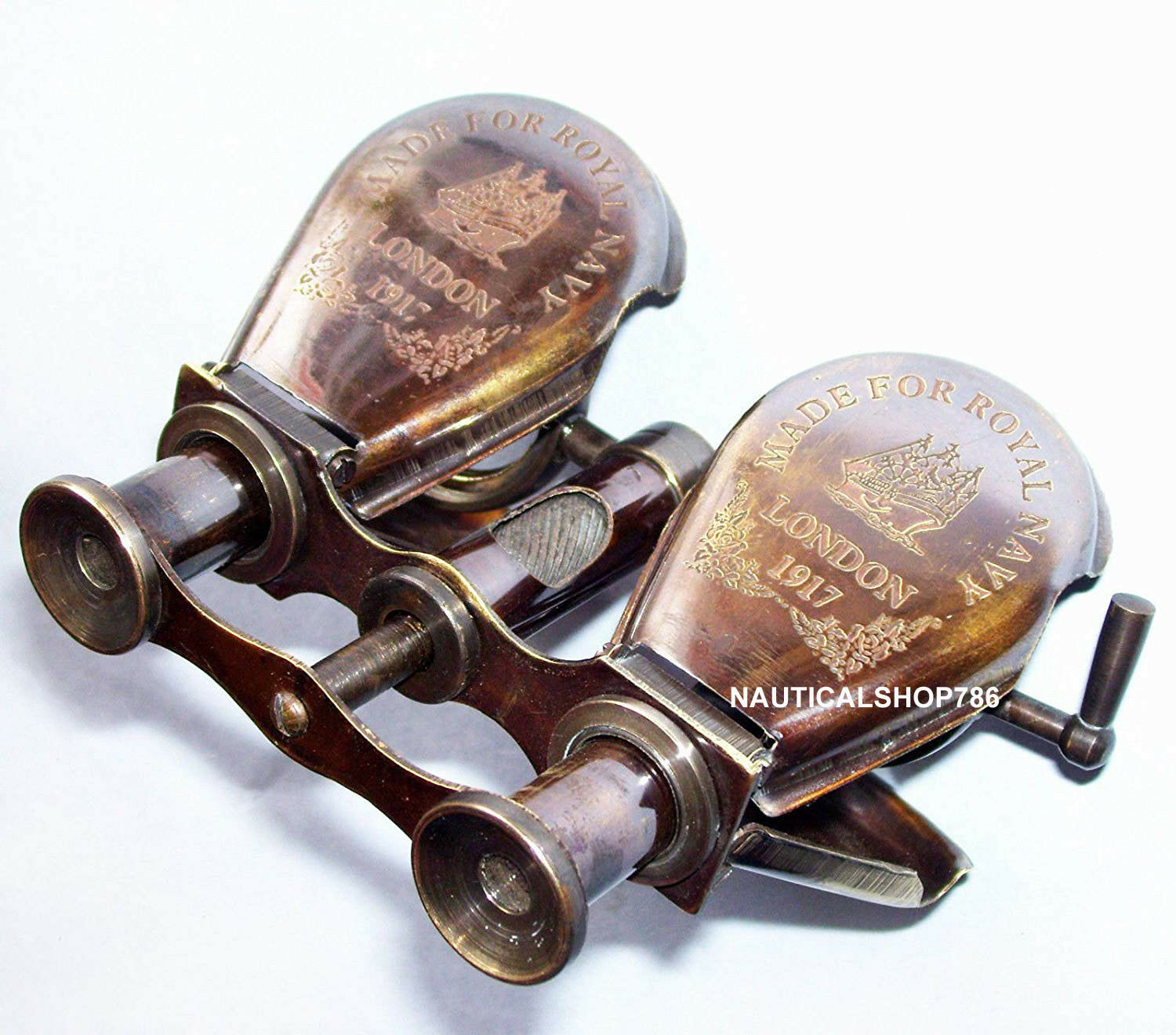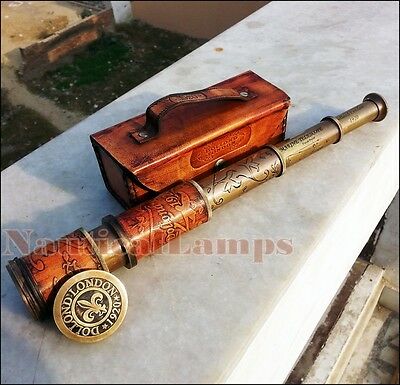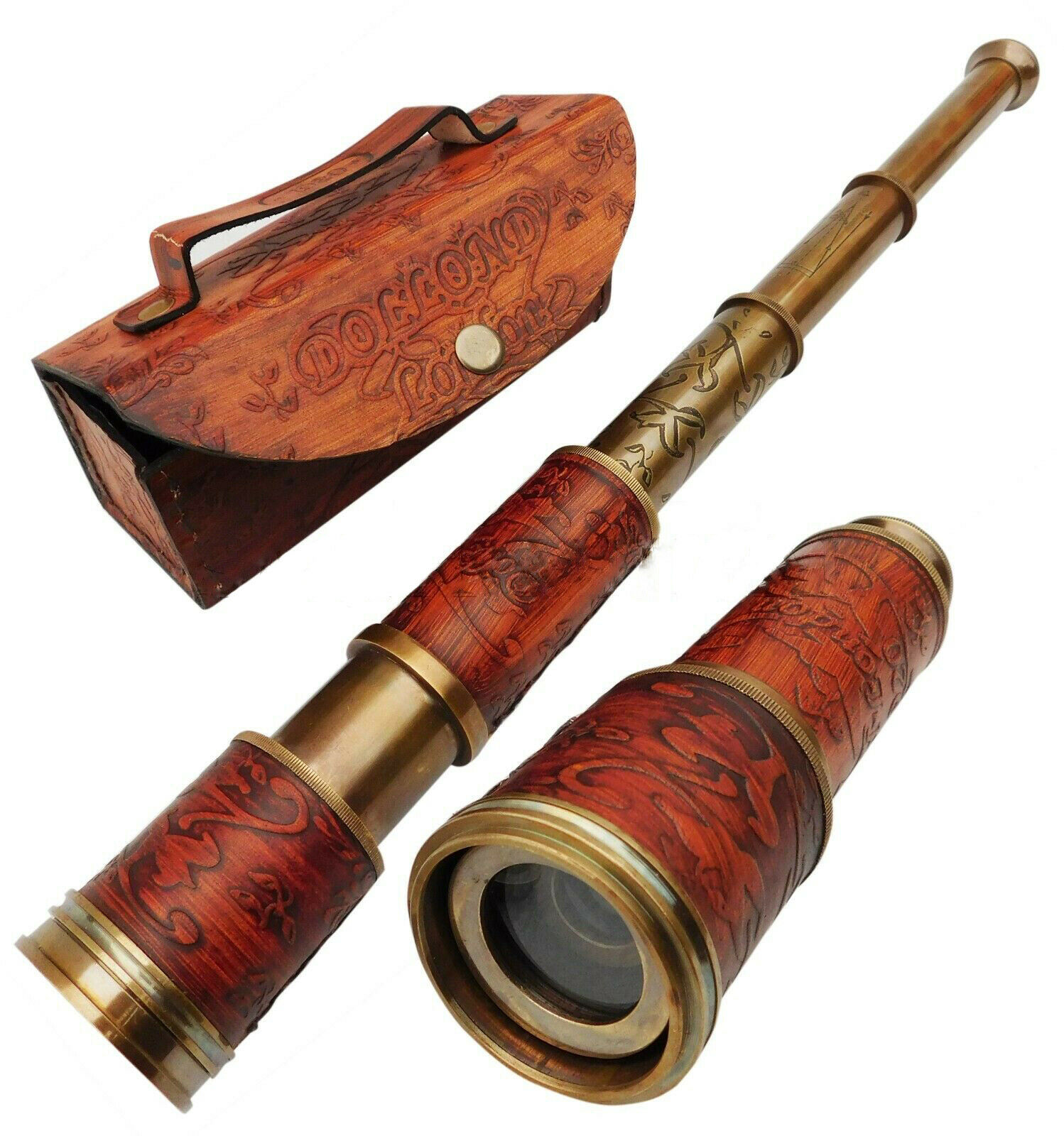-40%
Antique French Telescope sold by P. J. O'Hare, Orange NJ
$ 100.32
- Description
- Size Guide
Description
Antique French Telescope sold by P. J. O'Hare, Orange NJThis authentic antique brass spyglass is of French origin, was made in the early 1900s, and was sold by the American Sporting Goods Company P. J. O'Hare. Functionally the telescope is Superb and a pleasure to use; however, there are minor functional issues and an important cosmetic issue.
The engraved mark for the O'Hare company, which is very difficult to photograph, reads is in flowing script:
P. J. O'Hare
552 Irvington Ave.
P.O. Orange NJ,
U.S.A.
Rifle Range Telescope
Power 33 times
Made in France
It is unusual to have this much information about a US telescope, as almost all US makers did not mark their name because the European scopes were regarded as superior. Even a retailer inscription is quite rare. I have included a snippet of available online info about the firm and its owner Paddy O’Hare, below. The author indicates Mr. O'Hare ran the company from 1903 to 1938 almost certainly placing this telescope within that period. The maker is not indicated but it looks an awful lot like an E. Vion product.
This is a very good telescope which is largely complete except for the absence of the original case and a cover of modern leather. Given the relatively high magnification (33X), this scope would have been appropriate for looking at impact patterns on a target or for hunting.
The draws of this scope have a few minor dents but move reasonably through draw mounts lined with padding. There is some stickiness in fully opening the second largest draw - best to move the draw only where movement is easy. The purpose of the last image is to show that the threads on the draw mount are not near the knurled edge but at the other end where they screw into internal threads greatly increasing the strength of the junction.
An important cosmetic issue has to be addressed. If you look closely at the draws there are areas where the original ebonized black coating is still present and other areas which have a gun slate grey coloration due to application of Brass Black (Birchwood Casey) to cover areas where the brass showed through. For a long time the draw mounts clearly had no padding and it was hoped the added padding would preserve the slate grey coloration. This optimism was misplaced and it is likely the coating will have to be reapplied, perhaps every year with moderate use.
The Optics are excellent and the scope forms a clear, sharp image when focused by moving the smallest draw tube to the appropriate position. Shooters were a demanding audience. The lenses are in such good condition the scope works almost as well as it did the day is was made more than a 100 years ago.
The is a large scope that weighs 2.5 pounds, is about 10 1/4 inches long when folded, almost 38 inches long when fully extended and has an objective lens with a diameter of more than 2 inches. It can be dissembled for cleaning if that should become necessary.
Be sure to examine the images as they form an important part of the description. Although shipping is listed as economy, items will generally be shipped priority if costs are comparable. I will consider sending the telescope to restricted countries if a buyer seems responsible and assumes shipping risks.
Search for "American Sporting Goods Company P. J. O'Hare"
By Hap Rocketto, February 3, 2011.
The soft-spoken Paddy O’Hare of the Irish brogue was better known to the shooting fraternity at large than any other of the thousands who have left their mark on the target shooting game of this country. He was the Al Freeland of his time. O’Hare never missed a firing of the National Matches since their inception in 1903 until he passed away in 1938. At Camp Perry, Paddy’s ruddy, friendly face became an institution.












